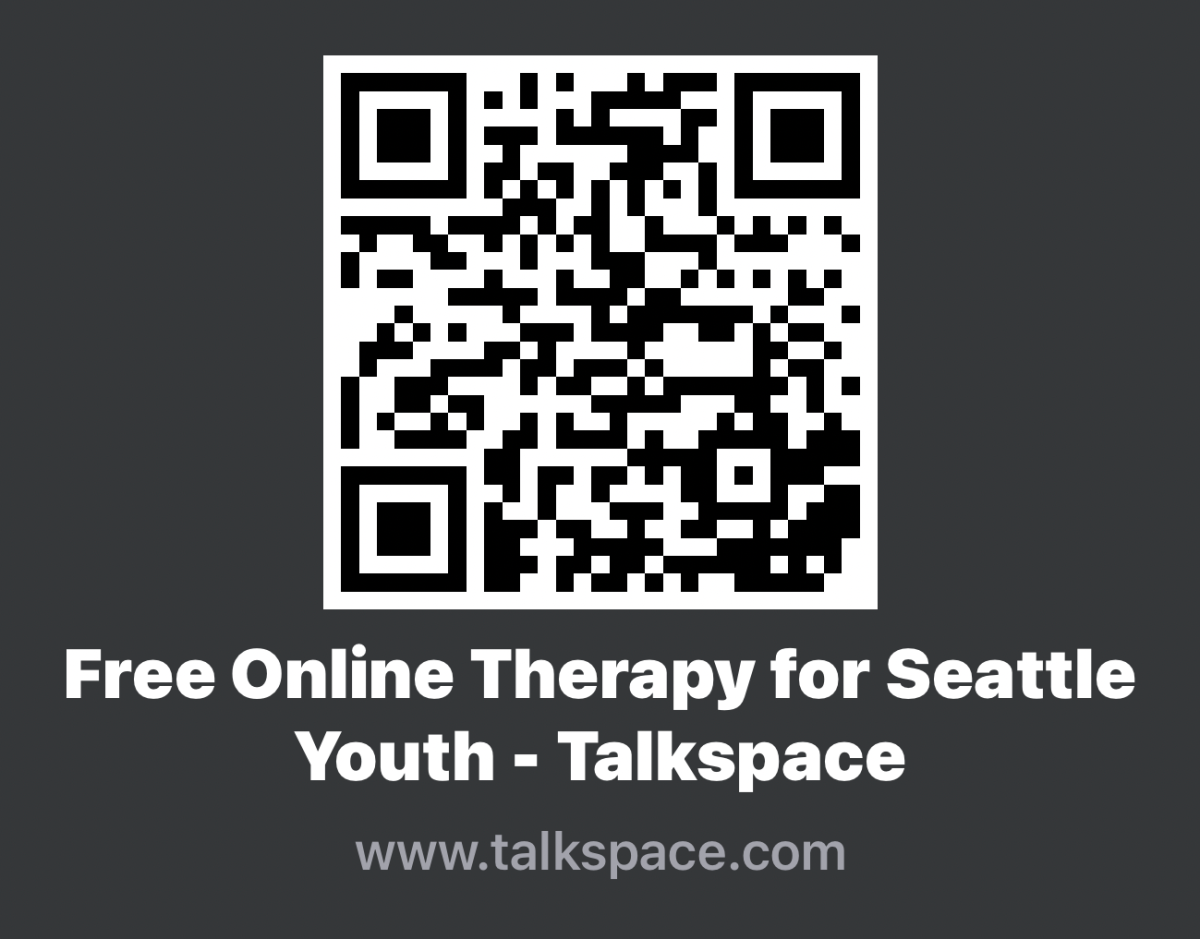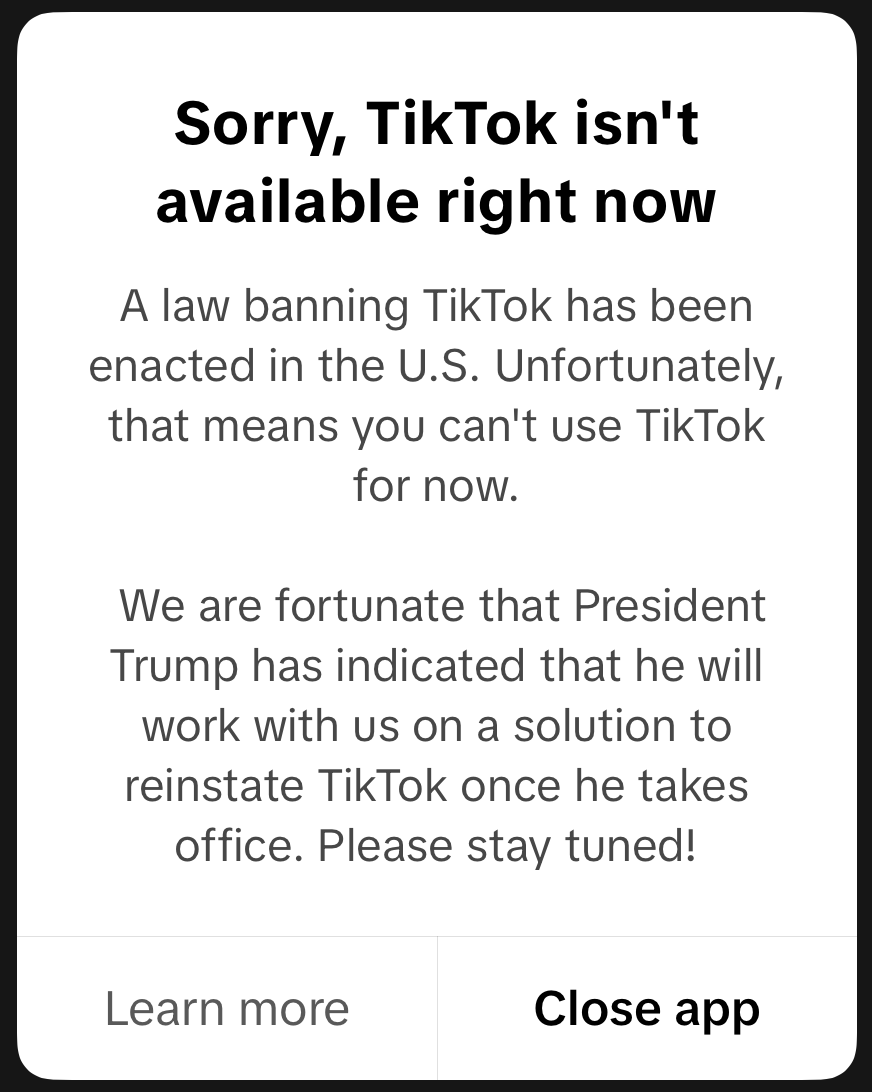You Should Care About Telehealth Access. Here’s Why.
April 6, 2023
In a time where both drug misuse and mental health crises are soaring, it can be difficult to find a balance between providing people with the resources they need, while protecting those who don’t from misuse or even overdose. During the pandemic, telemedicine was made easily accessible for patients who couldn’t meet in person with their providers. Now, Biden plans to limit the accessibility of some types of prescription medicine through telehealth in an effort to combat drug misuse, overdose, and unnecessary prescriptions—but this is a step in the wrong direction for millions of Americans.
balance between providing people with the resources they need, while protecting those who don’t from misuse or even overdose. During the pandemic, telemedicine was made easily accessible for patients who couldn’t meet in person with their providers. Now, Biden plans to limit the accessibility of some types of prescription medicine through telehealth in an effort to combat drug misuse, overdose, and unnecessary prescriptions—but this is a step in the wrong direction for millions of Americans.
The Reemergence of Telehealth Regulation
The new regulations the Biden administration plans to impose are a reinstatement of rules that were waived during the pandemic that originally limited access to medication through telehealth prescriptions. Now, patients will be required to see an in-person doctor at least once before being prescribed controlled substances, such as stimulants like Adderall, or painkillers. It’s possible that this regulation or similar regulations could extend to other medications, like selective serotonin reuptake inhibitors (SSRIs) used to treat a variety of mental health conditions.
Biden’s intention is to target the growing rate of overdose deaths in the United States, especially among teenagers. Deaths by overdose in the US hit record highs, and three-quarters of those overdoses were caused by opioids. Notably, the death toll from synthetic opioids such as fentanyl was much higher than that of prescription drugs. Meanwhile, with fentanyl making its way into the illicit market, it’s starting to contaminate fake prescription pills.
If patients can’t safely access their prescription medication due to the reemergence of telehealth regulations, they may be forced to turn to unsafe sources for their medications, and risk being exposed to other drugs like fentanyl. It will become especially difficult for low-income families who tend to have jobs that don’t allow time off for doctor’s visits, or people in rural communities where the nearest doctors’ office is miles and miles away.
The regulations don’t only pose problems for low-income families or people in rural areas: they would hit patients whose psychiatrists are out-of-state especially hard. It may become necessary for them to search for a new provider in their area, bringing into account all of the difficulties with switching providers: paperwork, insurance, money, and specific regulations on mental health services the state has in place. For younger patients who are looking to access care without their parents’ knowledge, telehealth may be their only discreet option.
Counterproductivity in the Context of Overdose
Advocates for the legislation aim to prevent overdose and misuse of potent medications, though the proposed action would be counterproductive as medication to aid withdrawals of highly addictive drugs is often distributed via telehealth.
Acute withdrawal symptoms can cause a variety of physical problems, and can lead to death. That’s why hospitals keep alcohol on hand: it’s sometimes necessary ensure that an alcoholic patient wouldn’t pass away from side effects associated with withdrawal. Long-term withdrawal symptoms can lead to mental health struggles like anxiety and depression, and withdrawals can lead people back into substance abuse.
To treat opioid withdrawals, an opioid partial agonist called buprenorphine is commonly prescribed. Ordinarily, providers are required by law to conduct an in-person evaluation before prescription of the drug, though these federal regulations were relaxed during the pandemic to allow buprenorphine prescription through telehealth. However, since buprenorphine is a controlled substance – a drug whose distribution and possession is regulated by the government – its access could be limited as the public health emergency comes to a close.
According to the Association of American Medical Colleges (AAMC), nearly 90% of large rural communities in the United States lack a sufficient number of opioid treatment facilities. Due to the stigma surrounding substance use and addiction, many are hesitant seek in-person treatment, and look to telemedicine as a far more accessible choice.
As such, a sad irony is brought to light – if the new regulations aim to prevent overdose, why do they limit the very functionality of life-saving resources?
Allowing the Biden administration to reimpose telemedicine restrictions would let millions down. For people who have lost loved ones to drug addiction and overdose, it’s a step backward in the movement to destigmatize substance abuse and treatment. Most of all, it’s letting our younger generations down. Teens are more susceptible to substance abuse than any other cohort, and limiting their access to resources that could save their lives puts our country’s future in question. Who will be left to lead, if our future leaders can’t access these life-saving resources?
The Real Root of the Issue
While Biden’s proposal is not the solution, there are undeniably issues surrounding the quality and legitimacy of the care patients access. In recent years, especially due to the pandemic, online therapy and psychiatry platforms have risen in popularity. It’s important to note that these organizations are different than existing doctors or psychiatrists that have chosen to offer their services online – and while an organization that has emerged for the sole purpose of offering online therapy or psychiatry services is not inherently problematic, concerns have been raised about proper regulation and legitimacy.
When people can’t access trained and qualified psychiatrists, or ones who offer in-person services, they are forced to face unfair uncertainty and turn to organizations that may not be as reliable, or to people who do not have credible degrees. BetterHelp, for example, is a telemedicine-based therapy and psychiatry organization that promises professional services. However, the company has been scrutinized in recent months for improperly distributing sensitive patient data to third-party consumers, and the hashtag #BetterHelpTherapyisascam was trending on TikTok in the fall of last year.
For some, though, organizations like these can be beneficial. Much like an in-person mental health service, the quality of your care typically depends on the professional you are referred to. You could end up with a wonderful provider on a subpar platform, or vice versa; some luck out while others don’t. It isn’t fair to patients to be so uncertain about the care they’re provided and put them at fault if their provider is illegitimate or mis-prescribes medication. The source of the problem is the provider or the overarching organization, not the patient.
As such, it’s understandable that the Biden administration would want to prevent this, but the root of the issue that needs to be addressed is not telehealth– it’s the lack of credible providers. According to the AAMC, more than 150 million people in the United States live in federally designated mental health professional shortage areas (informally, areas without enough mental health professionals). It’s predicted that in the coming years, the country will be short up to 31,000 psychiatrists, with social workers and psychologists being overextended.
Again, this shortage of care providers will not impact all cohorts equally: the gap between need and access is wider among rural areas. More than half of US counties lack even a single psychiatrist. Additionally, though black adults living below the poverty line are twice as likely to report serious psychological distress, only one in three black adults who need mental health care receive it. If these conditions existed before the psychiatrist shortage hit its peak, the impact on these communities will be unimaginable as access to mental health professionals becomes more and more limited.
The Root of the Root
Anna Ratzliff, a psychiatry residency program director at the University of Washington, says that there aren’t enough residency slots to train people, and since more than 60% of psychiatrists are 55 or older, there’s a significant number of qualified doctors being lost to retirement without enough replacements for them. A variety of solutions has been employed to treat the problem, such as training primary care providers in mental health issues or recruiting new psychiatrists—but even if “every single medical student selected psychiatry, sadly, we would still be quite short in this country,” says Daniel Gih, a psychiatry director at UNMC.
Many also use telemedicine to aid the shortage, and its benefits extend beyond increased accessibility for patients. Since psychiatrists who use telehealth don’t have to be confined to an office, they can work expanded hours. It can also help reduce burnout by shrinking commute times, and offering providers a greater variety of patients they wouldn’t ordinarily have been able to treat. Other platforms are working to expand self-paced modules for conducting cognitive behavioral therapy (CBT) to help psychiatrists see more patients in the same span of time, and other companies are working to build in-house mental health apps. Biden’s reintroduction of telehealth regulations could contribute significantly to the psychiatrist shortage if telemedicine is being used as a solution.
A Patient’s Perspective
In the late summer of 2022, I sought therapy to cope with what I would soon discover was undiagnosed ADHD* . I first received my initial diagnosis from a licensed therapist on an online platform called Talkspace, where I met with my provider via video call. I first met with a psychiatrist later that fall, also through telehealth. She prescribed me a stimulant medication to help me manage my symptoms and improve my quality of life; not many people know that ADHD can display the same symptoms as anxiety or depression.
The medication I was prescribed worked at first: and then it didn’t. I realized that the side effects I was experiencing, such as irritability and lack of appetite, weren’t outweighed by the benefits. I discussed my concerns with my psychiatrist, again, via telehealth, and we made a plan for me to slowly make the switch to a different type of stimulant to see if its side effects would be less significant. I am still on that medication to this day, and I am able to enjoy its benefits without feeling many side effects.
The switch I made provided me with fairly instant relief. But what if I had had to go in-person to get a different type of stimulant prescribed? I would have had to wait months for an appointment, even for my primary care provider, and I would be forced to make the difficult decision of choosing between the side effects of the medication or the symptoms of my ADHD. Without telehealth, I would not have had the flexibility of easily changing my medications and would have suffered for far longer than necessary.
The benefits I received from virtual care didn’t stop there. ADHD is chronically underdiagnosed in women – especially when they have the inattentive type of ADHD that doesn’t present as many obvious symptoms – and many women have to work twice as hard as men to get their doctors to listen to their concerns. With telehealth, I was able to access a female provider that specialized in ADHD. Due to her experience in the field, and the fact that she was a woman, I felt that I was understood—and not gaslit into believing what I was experiencing was just hormones or anxiety. The waiting lists for in-person providers I had joined did not guarantee this type of specialization, or even gender. It was just whatever was available.
Without What If
I know others who were in the same situation as me, and some who will be in the same situation as me. If I had chosen to wait until a later time to advocate for myself or choose an in-person provider, I would not be in the positive position I am in now. I don’t have to fear losing access to my medication—but what about the others who do? What about the others who haven’t yet expressed the vulnerability required to stand up for themselves? What about those who live in rural areas, or those who can’t take time off work to visit an in-person doctor during their operating hours?
In the realm of mental health, more questions of what if are the last thing people need. It’s the question those who are struggling have asked themselves for their entire lives. It’s the question that even those diagnosed and treated have continued to ask. It’s the question that will continue to come up as parents fear for their children’s safety in a time of opioid crises. And it’s the question we will ask ourselves when we begin to worry for our family and friends.
As a society, we should not have to fear losing access to life-changing and life-saving care. We deserve effective legislation that will prevent the what ifs, not escalate them.
*attention-deficit/hyperactivity disorder
Resources
- Mental Health in Black Communities: Challenges, Resources, Community Voices
https://namica.org/mental-health-challenges-in-african-american-communities/
- Data and Statistics on Children’s Mental Health
https://www.cdc.gov/childrensmentalhealth/data.html
- A growing psychiatrist shortage and an enormous demand for mental health services
- Opioid Use Disorder: Challenges and Opportunities in Rural Communities
- Telemedicine for opioid addiction saves lives. Let’s make sure it continues
- Biden Administration Moves to Limit Telehealth Prescriptions
https://time.com/6258362/biden-prescription-drugs-telehealth/
- Telemedicine was made easy during COVID-19. Not any more
https://apnews.com/article/science-health-business-covid-cancer-56deaf3a9ff108775dc36e3bd767175e



























